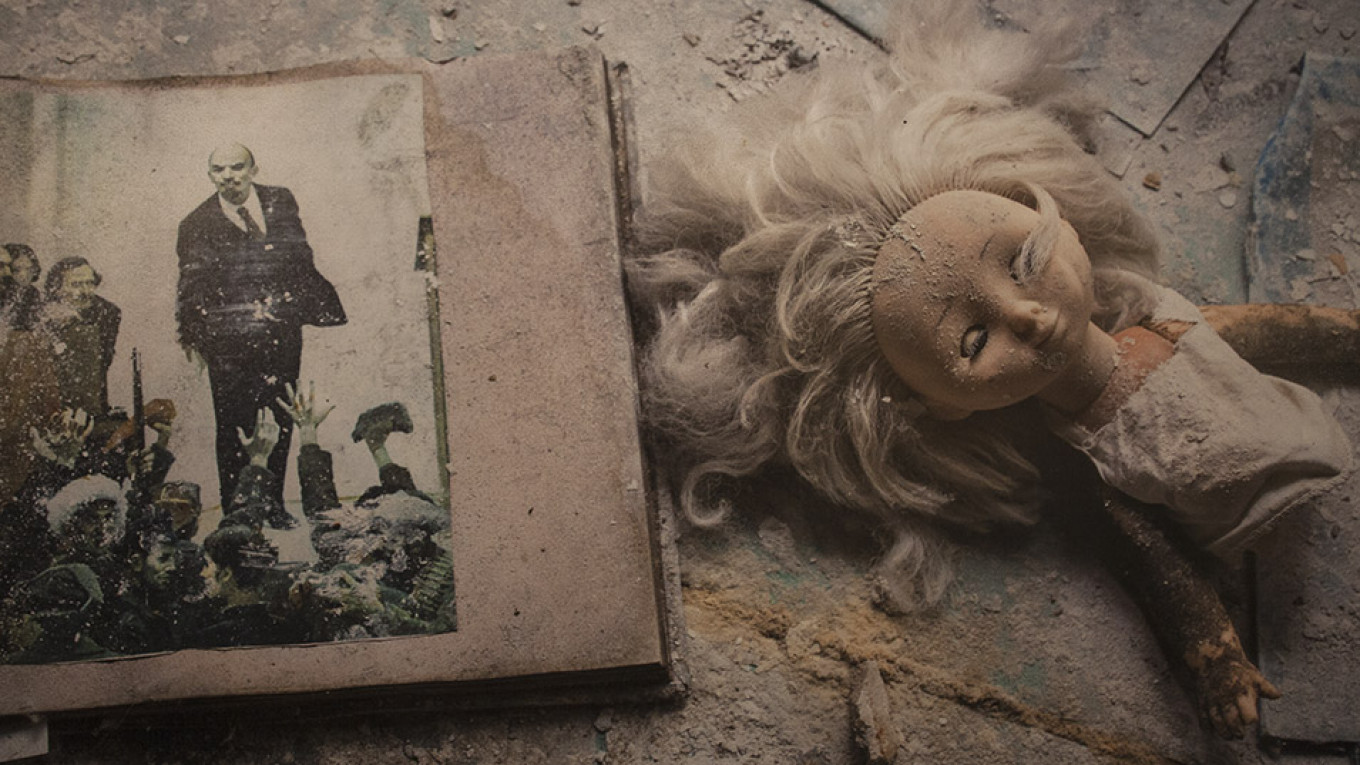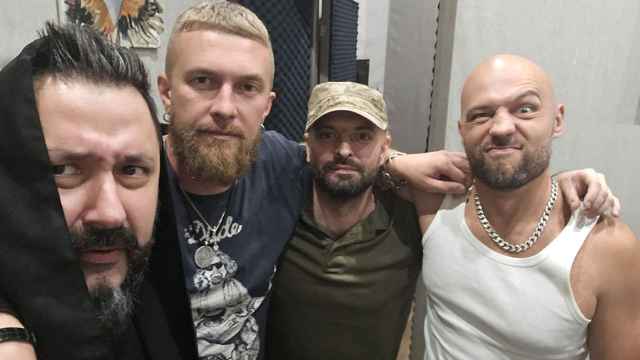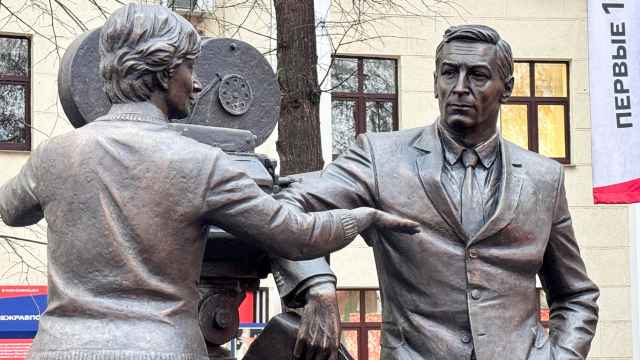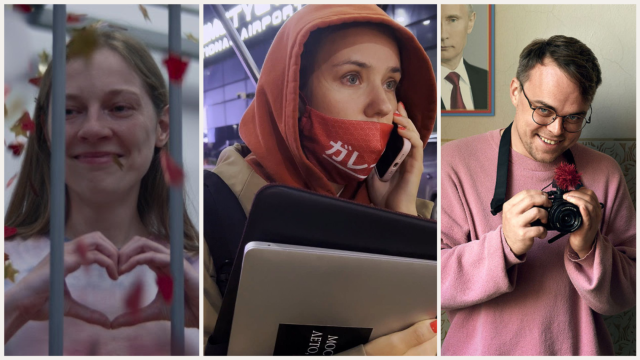A little boy in a bright yellow jacket stares at a picture of an abandoned kindergarten in Pripyat, Ukraine, a series of rusted cribs covered by dust and chunks of plaster filling a room that has been left untouched since a few days after the nuclear plant explosion in 1986. “Why have they left all of their toys there?” he asks, pointing to the dolls and puppets scattered around the dusty floor in the picture. “It was to escape radiation,” explains his mother, pinching his arms in an attempt to illustrate the concept of radiation to her puzzled child.
It is just one of a long list of uncomfortable questions that every visitor to the new photography exhibition at Rosphoto will inevitably ask himself when faced with the visual chronicles of the history of Chernobyl, the nuclear accident that occurred near the city of Pripyat near the border between Ukraine and Belarus. The explosion caused less than 50 immediate deaths, but has long-term consequences including physical disabilities, more than 4,000 cases of thyroid cancer and an estimate of more than 2,200 radiation-caused deaths expected in the coming years. Authorities remained silent after the explosion until the nuclear cloud had already reached Sweden and the gravity of the disaster could no longer be denied. Residents of Pripyat were evacuated on the third day.
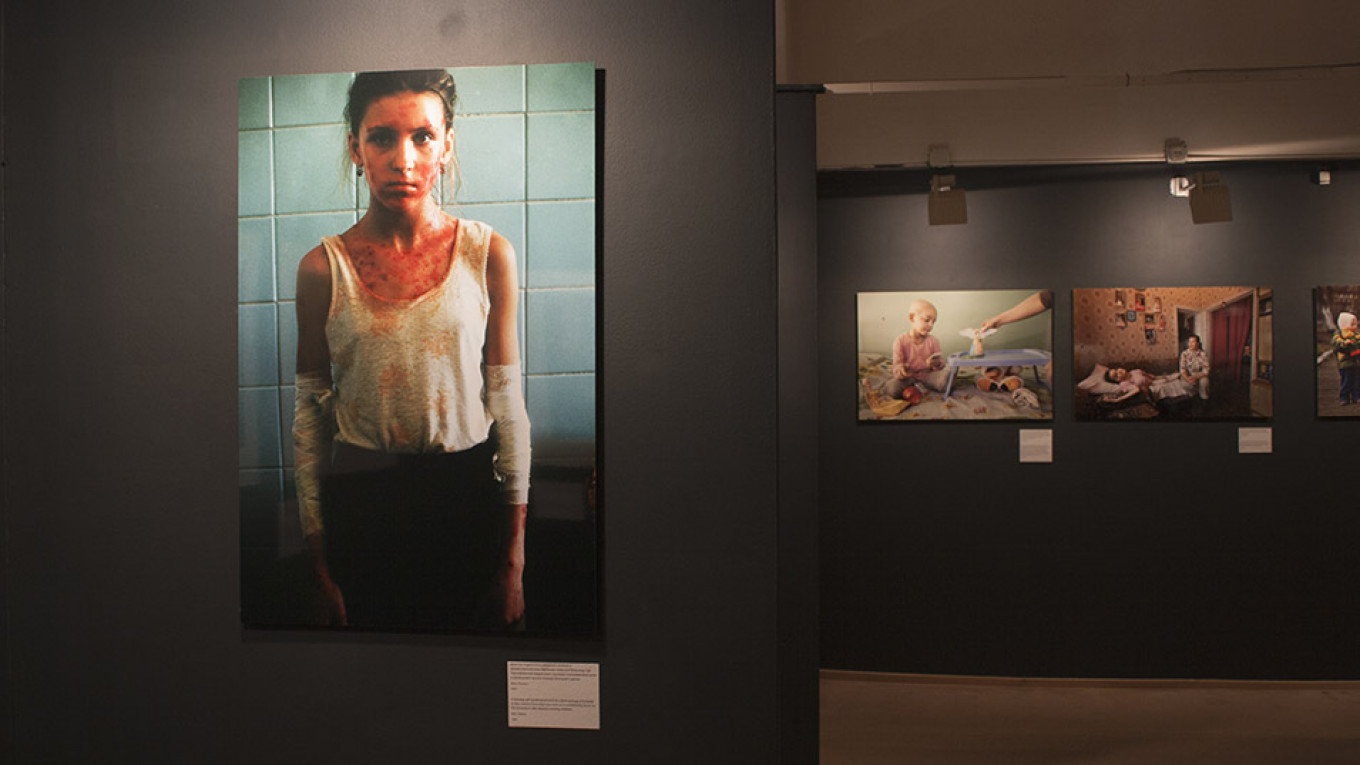
“The Long Shadow of Chernobyl” is not just a photography exhibition, but also the title of the photography album produced by National Geographic photographer Gerd Ludwig in 2014. The work was produced over the course of 20 years, during which the German photographer visited Chernobyl nine times in order to follow the stories of the victims of the nuclear accident.
The sobering images, accompanied by succinct texts, document the tragic stories of the victims of Chernobyl as well as the gradual transformation of the area around the nuclear station, which in recent years mutated from a ghost town into an alternative tourist destination.
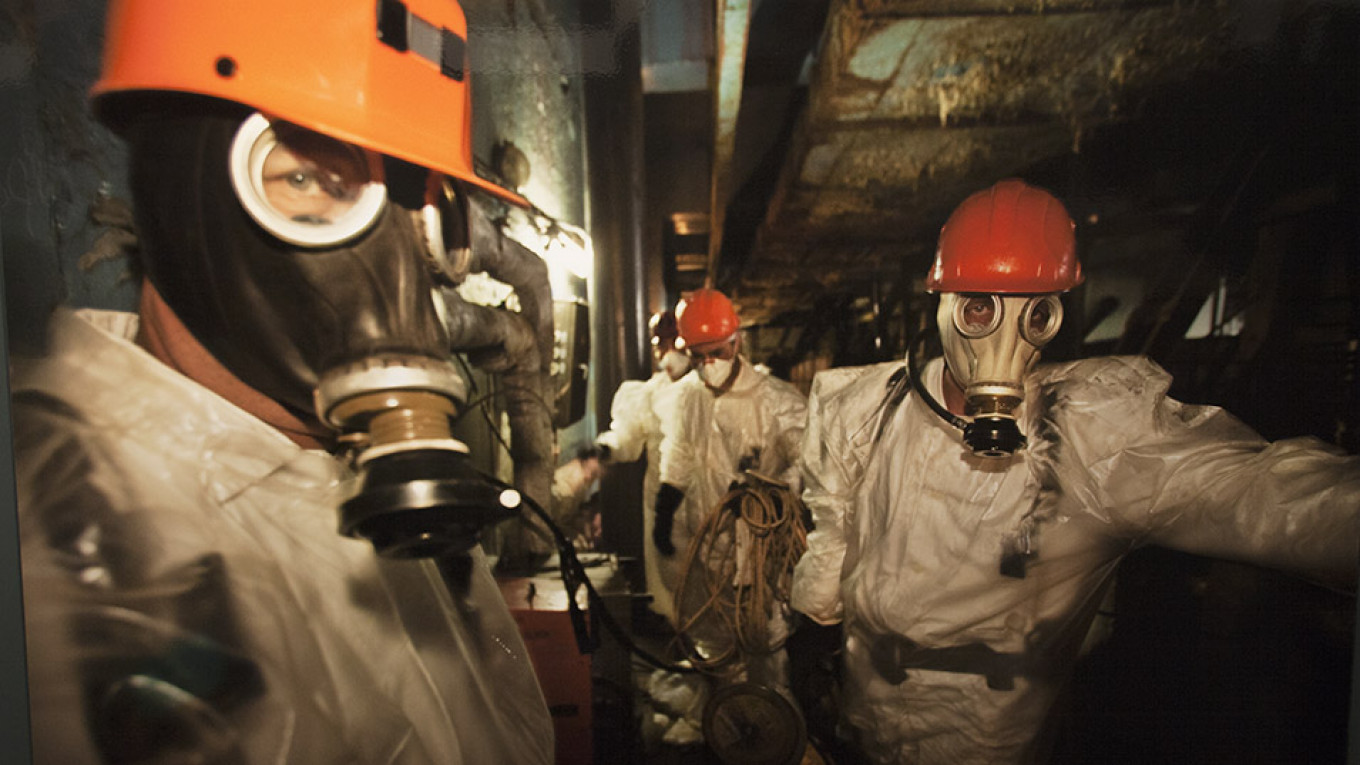
Ludwig is deeply committed to the story of Chernobyl. He was the sole Western photographer who ventured into destroyed reactor number #4, providing shots from the inside of the nuclear station.
Starting with images of the nuclear plant captured just a few years after the explosion took place, the exhibition moves on to document the consequences of radiation on the inhabitants of the area surrounding the nuclear plant. The intense gaze of a young girl with hair and skin problems opens a series of photographs taken in different treatment centers where a large number of patients are treated for skin-related diseases.
In spite of ongoing disputes in the Russian scientific community on whether the explosion is to blame for a wide range of physical and mental disabilities, many children’s homes in Belarus depend nowadays on the support from Chernobyl’s aid programs implemented by various international organizations. Ludwig delicately evokes the everyday life of young orphans with physical deformities inside these centers, providing one more layer to the story of the disaster.
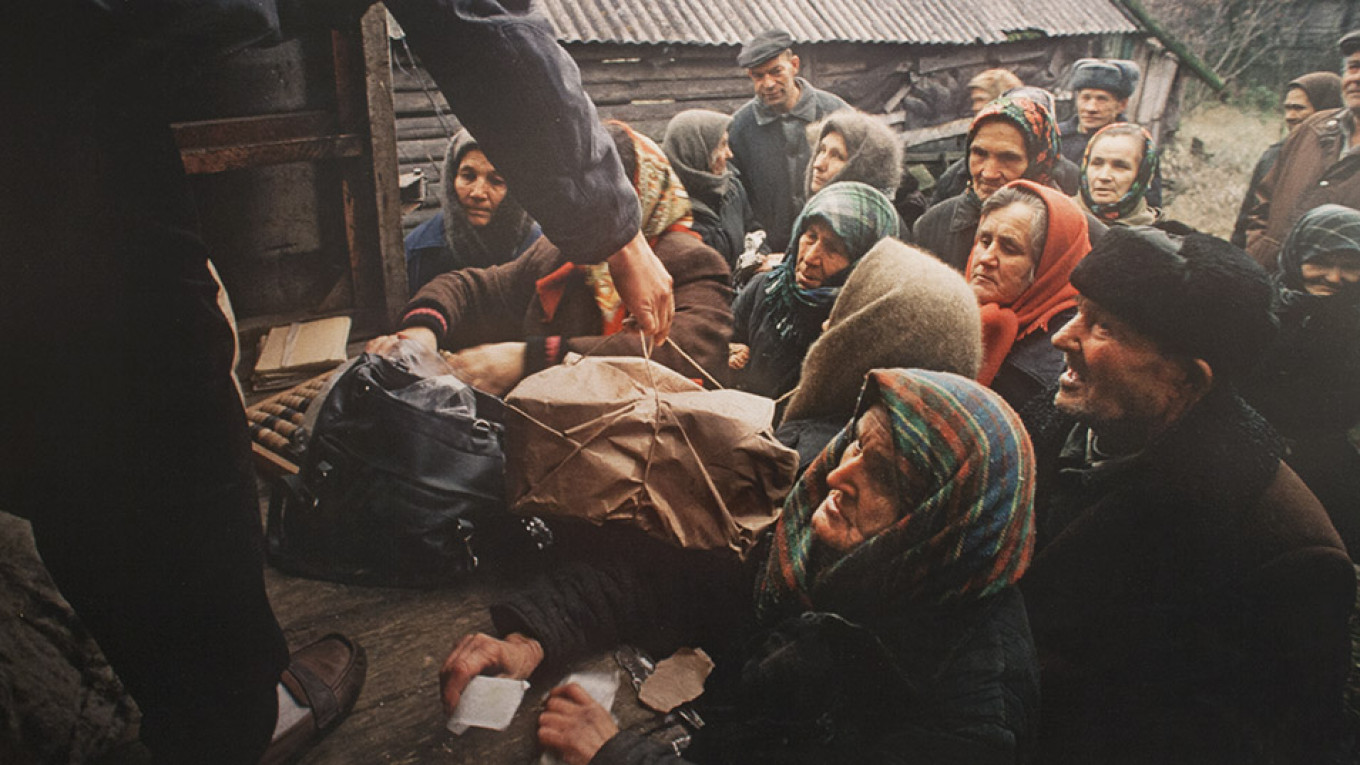
In his first visit to Chernobyl after the catastrophe, the photographer paid particular attention to the story of the returning inhabitants. Ignoring radiation levels, and despite artificially inflated prices to deter people from moving into the Exclusion Zone, several hundred elderly men and women had already returned to their former hometowns by 1993. Personal portraits tell the stories of the people who put their health at risk for the sake of living in the only place they had ever called home.
The latest pictures, taken in 2014, show the capitalization of the tragedy, transformed into a mainstream attraction. Tourists in gas masks have invaded the silent ghost towns, staging unsettling pictures where toys and everyday objects are artistically arranged among the relicts in an attempt to create an Instagrammable portrait of the tragedy.
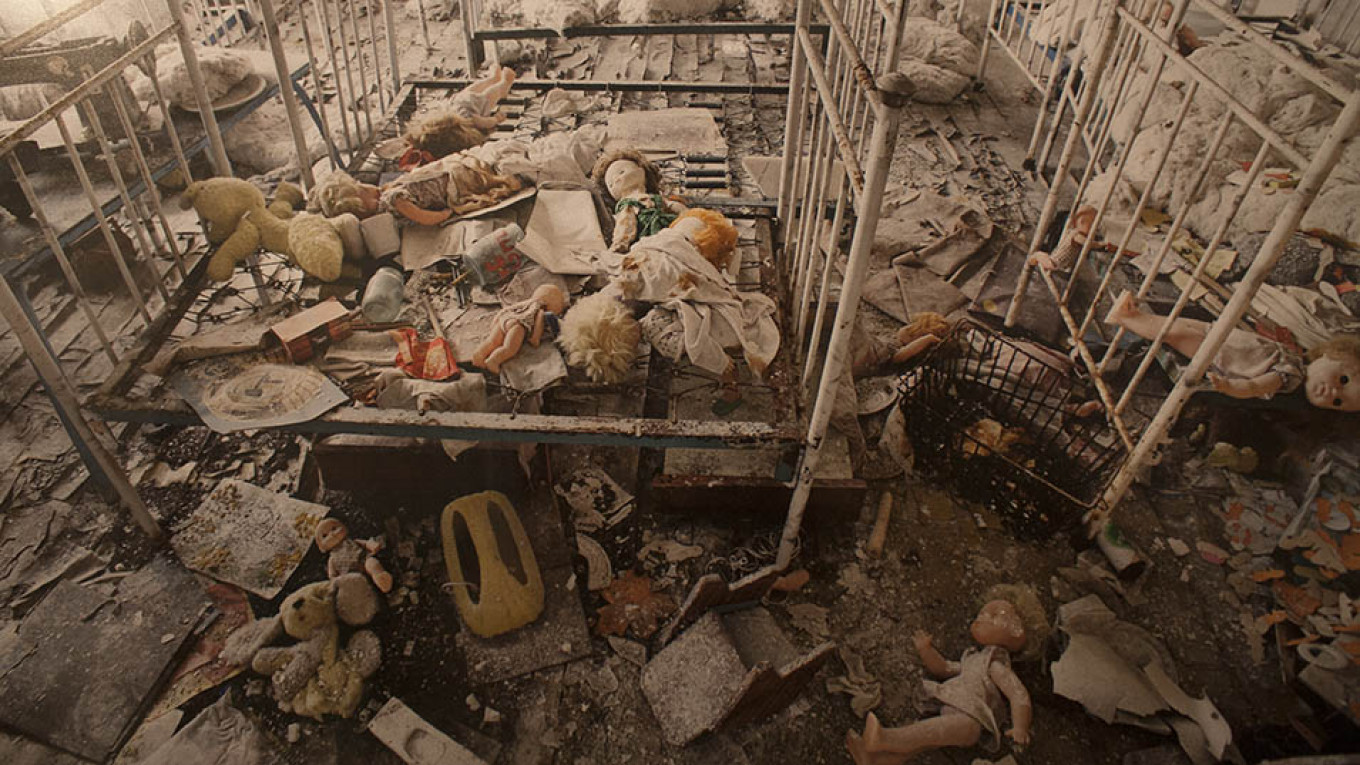
Lined with distressing images of the disaster, the halls of Rosphoto remain silent, with only the squeak of steps on the linoleum filling the void, and the voice of the child asking his mother yet another question: “Why was there an explosion?” he asks, now absorbed in another image. “It was a mistake,” his mother whispers hastily while shaking her head and moving to the next photograph.
The show will run until Sept. 22.
Rosphoto. 35 Bolshaya Morskaya Ulitsa. Metro Admiralteiskaya. For more information, see the Rosphoto site.
A Message from The Moscow Times:
Dear readers,
We are facing unprecedented challenges. Russia's Prosecutor General's Office has designated The Moscow Times as an "undesirable" organization, criminalizing our work and putting our staff at risk of prosecution. This follows our earlier unjust labeling as a "foreign agent."
These actions are direct attempts to silence independent journalism in Russia. The authorities claim our work "discredits the decisions of the Russian leadership." We see things differently: we strive to provide accurate, unbiased reporting on Russia.
We, the journalists of The Moscow Times, refuse to be silenced. But to continue our work, we need your help.
Your support, no matter how small, makes a world of difference. If you can, please support us monthly starting from just $2. It's quick to set up, and every contribution makes a significant impact.
By supporting The Moscow Times, you're defending open, independent journalism in the face of repression. Thank you for standing with us.
Remind me later.



